Bumps along the soapstone seam- what does this mean?
muskokascp
12 years ago
Related Stories
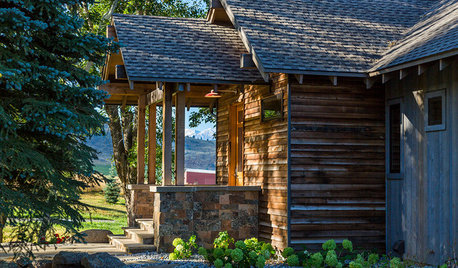
RUSTIC STYLEHouzz Tour: A Fly Fisher’s Dream Along the Yellowstone River
This new home combines local ranch style with contemporary elements, including energy efficiency
Full Story
KITCHEN DESIGNKitchen Counters: Durable, Easy-Clean Soapstone
Give bacteria the boot and say sayonara to stains with this long-lasting material that's a great choice for kitchen and bath countertops
Full Story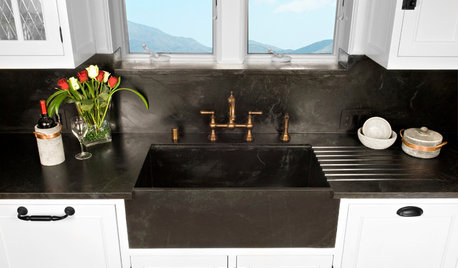
KITCHEN DESIGNKitchen Sinks: Soapstone for Germ-Free Beauty and Durability
Stains and bacteria? Not on soapstone's watch. But this sink material's benefits don't come cheap.
Full Story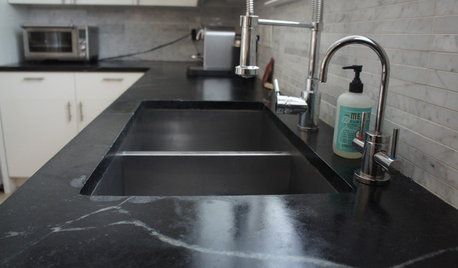
KITCHEN DESIGNSoapstone Counters: A Love Story
Love means accepting — maybe even celebrating — imperfections. See if soapstone’s assets and imperfections will work for you
Full Story
MOST POPULARWhen Does a House Become a Home?
Getting settled can take more than arranging all your stuff. Discover how to make a real connection with where you live
Full Story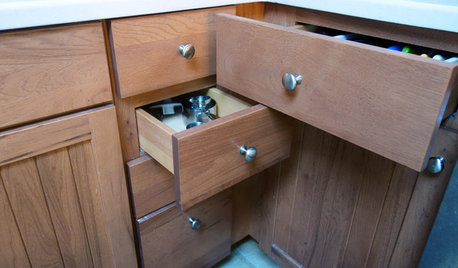
FUN HOUZZ10 Truly Irritating Things Your Partner Does in the Kitchen
Dirty dishes, food scraps in the sink — will the madness ever stop?
Full Story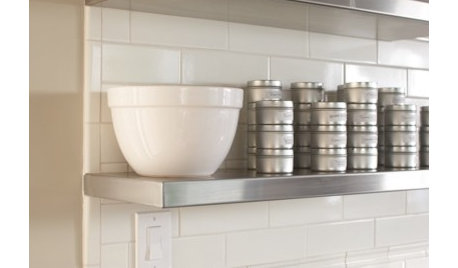
KITCHEN DESIGNHow Much Does a Kitchen Makeover Cost?
See what upgrades you can expect in 3 budget ranges, from basic swap-outs to full-on overhauls
Full Story
REMODELING GUIDESBathroom Workbook: How Much Does a Bathroom Remodel Cost?
Learn what features to expect for $3,000 to $100,000-plus, to help you plan your bathroom remodel
Full Story
KITCHEN COUNTERTOPS10 Top Backsplashes to Pair With Soapstone Countertops
Simplify your decision-making process by checking out how these styles work with soapstone
Full Story
HOUSEKEEPINGWhat's That Sound? 9 Home Noises and How to Fix Them
Bumps and thumps might be driving you crazy, but they also might mean big trouble. We give you the lowdown and which pro to call for help
Full StoryMore Discussions










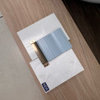
ci_lantro
angie_diy
Related Professionals
Everett Kitchen & Bathroom Designers · Federal Heights Kitchen & Bathroom Designers · Georgetown Kitchen & Bathroom Designers · Schenectady Kitchen & Bathroom Designers · Wesley Chapel Kitchen & Bathroom Designers · Beachwood Kitchen & Bathroom Remodelers · Apex Kitchen & Bathroom Remodelers · Centerville Kitchen & Bathroom Remodelers · Fremont Kitchen & Bathroom Remodelers · Olney Kitchen & Bathroom Remodelers · Paducah Kitchen & Bathroom Remodelers · Holt Cabinets & Cabinetry · National City Cabinets & Cabinetry · White Oak Cabinets & Cabinetry · Tabernacle Cabinets & CabinetrymuskokascpOriginal Author
angie_diy
laranbrian
enduring
sis2two
sandy808
florida_joshua
teraza
Brent B
angie_diy
teraza
angie_diy
cam349
marcolo
angie_diy